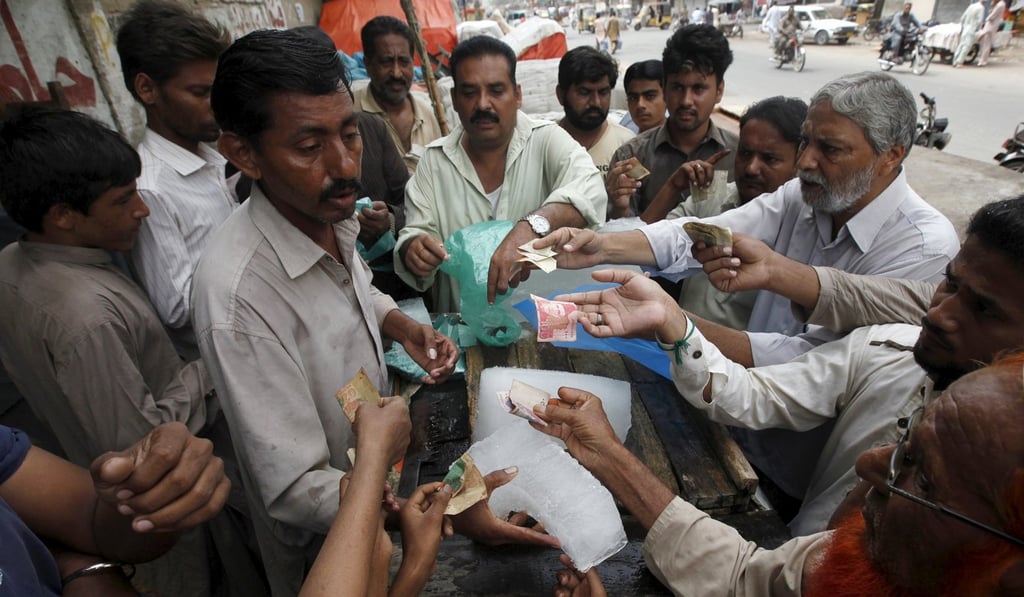Floods to farmer suicides: for Pakistan and India, real threat is the weather
Prime Minister-elect Imran Khan’s plan to plant 10 billion trees is a recognition of the scale of the disaster facing his country – and particularly its poor – if nothing is done to reverse the effects of extreme weather

One of the first things that Pakistan’s Prime Minister-elect Imran Khan wants to implement when he takes office this week is an unprecedented reforestation drive – planting 10 billion trees to reverse the effect of extreme weather crippling the country. He has already announced plans to revive his “Billion Tree Tsunami” dream project that forested 350,000 hectares in the northwestern Khyber Pakhtunkhwa territory between 2014 and 2017, when Khan led the canopy call to build a green armour against incessant flooding, extreme temperatures, prolonged droughts and unpredictable rainfall in many parts of Pakistan.
What will Pakistan’s new leader Imran Khan deliver for China?
Khan’s decision to deal with the ecological disaster head on – way before attending to the festering political issues of Kashmir or terrorism – is grounded in alarming projections by his ministry of climate change that estimates extreme weather will cost Pakistan up to US$14 billion every year, besides hundreds of lives and millions of livelihoods.

Pakistan has been scalding under an intense heatwave followed by a season of erratic rainfall. The country’s southern city Nawabshah burned at 50.2 degrees Celsius (122.4 degrees Fahrenheit) this summer, making for the hottest April day ever recorded in the history of the planet. Surging temperatures have spawned new glacial lakes in the remote mountain valleys. Of the 3,000 glacial lakes in the high reaches of northern Pakistan, 52 could burst anytime, according to the government, resulting in large-scale flooding sweeping away hundreds of thousands of mountain dwellers, their homes and agricultural lands.
These weather extremes have become the new normal for much of South Asia, home to a fifth of the world’s population. Last year, the region saw more than 1,400 people succumbing to extreme heat alone.
In Pakistan’s currency crisis, China is the problem and the solution
A World Bank study released in June estimates that 800 million people – almost half of South Asia’s population – living in “hotspots” of high temperatures and erratic rainfall will be affected if the governments do nothing to reduce greenhouse gas emissions. The World Bank’s lead economist Muthukumara Mani says the cost of such inaction would see incomes drop by 14.4 per cent in Bangladesh, 9.8 per cent in India, and 10 per cent in Sri Lanka by 2050.
“When we talk about global climate change, South Asia is always at the epicentre,” Mani said. “Combined with poverty, this is a serious threat for South Asia’s future growth and developmental aspirations.”